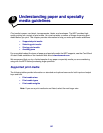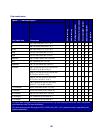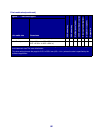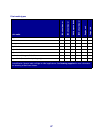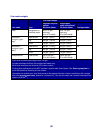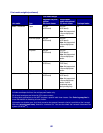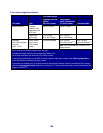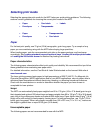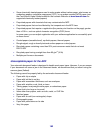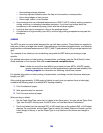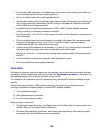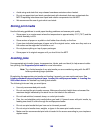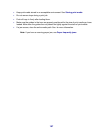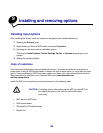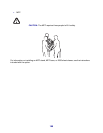
102
• Some chemically treated papers used to make copies without carbon paper, also known as
carbonless papers, carbonless copy paper (CCP), or no carbon required (NCR) paper (see
the Card Stock & Label Guide located on the Lexmark Web site at www.lexmark.com for
supported chemically treated papers)
• Preprinted papers with chemicals that may contaminate the MFP
• Preprinted papers that can be affected by the temperature in the MFP fuser
• Preprinted papers that require a registration (the precise print location on the page) greater
than ±0.09 in., such as optical character recognition (OCR) forms
In some cases, you can adjust registration with your software application to successfully print
on these forms.
• Coated papers (erasable bond), synthetic papers, thermal papers
• Rough-edged, rough or heavily textured surface papers or curled papers
• Recycled papers containing more than 25% post-consumer waste that do not meet
DIN 19 309
• Recycled paper having a weight less than 60 g/m
2
(16 lb)
• Multiple-part forms or documents
Unacceptable paper for the ADF
Your automatic document feeder is designed to handle most paper types. However, if you are unsure
if your document will cause a jam in the document feeder, we recommend that you scan it using the
scanner glass (flatbed).
The following cannot be properly fed by the automatic document feeder:
• Paper with clip or staple
• Paper with ink that is not dry
• Paper with inconsistent thickness, such as envelopes
• Paper with wrinkles, curls, folds, or tears
• Tracing paper, heavyweight matte paper, or carbonless paper
• Paper that is too large or too small
• Items other than papers, such as cloth, metal, or OHP film
• Notched paper
• Paper with an odd (non-rectangular) shape
• Photographic paper
• Paper with perforations on its side
• Very thin paper



